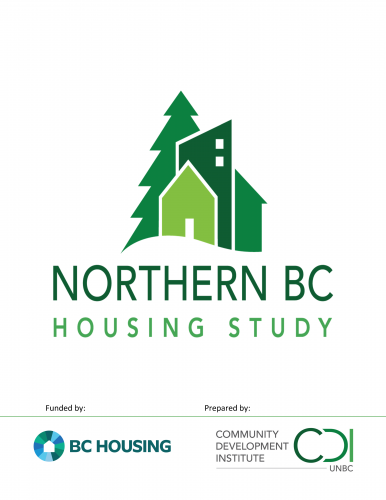Northern BC Housing Study
Community Services Provision
Housing
Major Project Development
The Northern BC Housing Study was conducted help understand the key trends, opportunities, and challenges influencing housing demand and supply in Northern BC. The study looked at ten communities, focusing on data related to population, household composition, the housing stock, and the housing market. The findings are presented in a series of community specific research reports. Please read the Overview, which highlights the findings that emerged across all of the communities studied.
October 31, 2016
FINDINGS
Demographics
- Population growth will continue to be volatile and highly dependent on the state of the resource sector. Given that population projections extrapolate from current trends, these forecasts are subject to significant change. Over the coming decades, communities will have to continue to prepare to adapt to long-term population shifts as well as potential short-term periods of rapid population increases and decreases. While there was wide variation in population growth projections, the average for the ten communities involved in the study is 10.2%.
- The seniors population in Northern BC will increase significantly over the next two decades. In four of the ten communities, Prince Rupert, Kitimat, Smithers, and Fort St. John the seniors population, people 65 years and older, will essentially double by 2036.
- As the current workforce retires, a new generation of younger workers can be expected to fill these vacant positions. Some communities are already beginning to see signs of this trend. By 2036, all of the communities involved in the study will experience some growth in the working age/family formation cohorts of the population.
Households
- There is a significant shift taking place in household size in Northern BC; smaller households are becoming more prevalent, and larger households less so. The increase in one and two-person households can be accounted for, in part, by the growing number of “empty nest” seniors and people in the family formation years who are delaying having children. The decrease in households with four or more people can be attributed, in part, to couples having smaller families. 100 Mile House is the community with the highest percentage of one and two-person households (73.4%). Fort St. John has the highest percentage of four or more person households (25%). Attending to household size as a key factor driving housing demand can help inform the development of new housing and the resale and renovation of existing housing.
Visit https://www.unbc.ca/community-development-institute/conferences for information on the Northern BC Housing Conference, held November 2016
